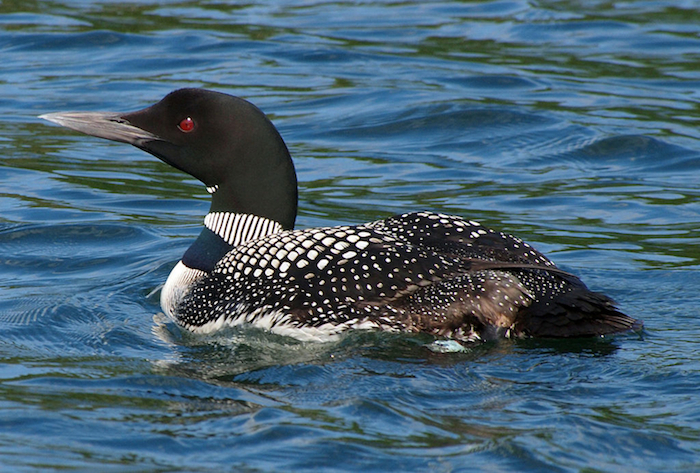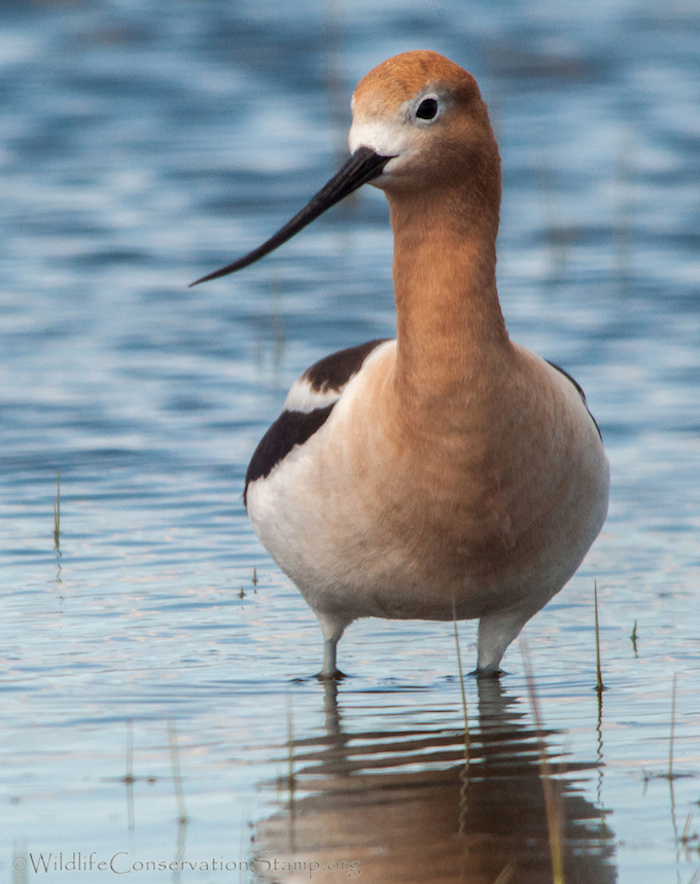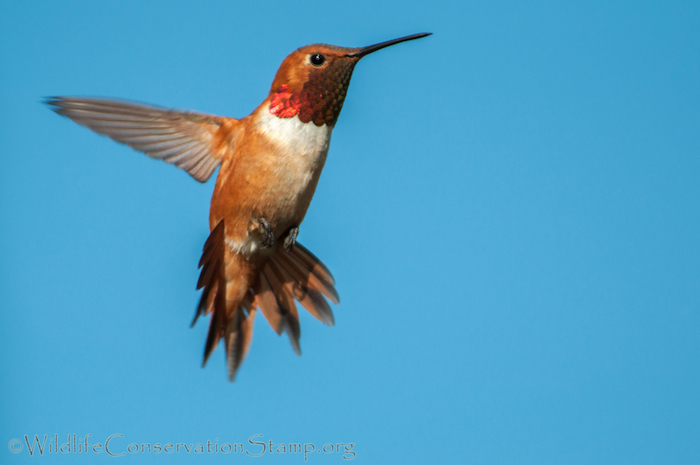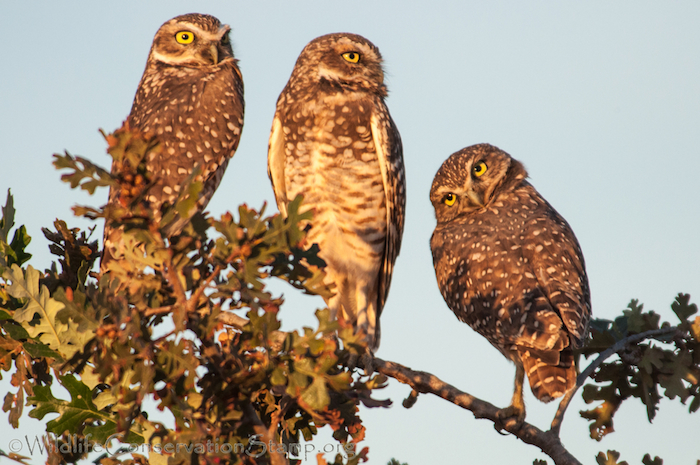This Youth/Beginner walk will be structured as a mini Christmas Bird Count. We will start and stop at our regular times, 9-11am, but we will attempt to tally the number as well as the species of every bird we find. Come see what’s tucked away at Turtle Bay! Call Dan Greaney, 276-9693, with questions or for more information.
Tag Archives | birds
Birds of Mary Lake
David Bogener will present species occurrence records collected at Mary Lake over the last 25 years. Photographs of each of the 100+ species will be displayed in decreasing order of occurrence. Habitats, methods, and equipment will be briefly discussed.
A Trip to New Zealand’s South Island
Join Jay & Terri Thesken for a slideshow of their Fall 2014 (Spring in New Zealand) trip to the South Island. The Theskens spent 4 weeks exploring, hiking, kayaking, and bicycling the South Island with its Southern Alps, Fjordland National Park, and several other national parks. They will not only show photos of birds encountered, but also unusual botanical species, and will explain why New Zealand has such a unique flora and fauna.
Battle Creek Wildlife Area Outing

The half day birding walk scheduled for February 28 will cover approximately 4 miles round trip on flat improved trails within the Battle Creek Wildlife Area. The Battle Creek Wildlife Area is 582 acres of riparian forests, marshes, and oak woodland supporting a diverse variety of migratory and resident bird species. A box type toilet is available at the parking area, potable water is Not available. Participants should wear comfortable shoes, bring drinking water, sunscreen and bug spray. The group will depart the Redding Convention Center parking lot at 8:00am or meet Frank and Darliss at Battle Creek Wildlife Area.
Nearly Half of Our Birds Are at Risk of Extinction This Century

Common Loon (Wikipedia Commons)
The National Audubon Society’s Birds and Climate Change Report should give us all deep cause for concern. The findings are heartbreaking: Nearly half of the bird species in the United States will be seriously threatened by 2080, and any of those could disappear forever.
For the first time, Audubon scientists have analyzed decades of historical bird and climate data to understand how 588 species of North American birds will fare as the climate changes. More than half of species studied (including the Bald Eagle and nine U.S. state birds, from Idaho to Maryland) are at serious risk – some are forecast to lose more than 95 percent of their current ranges.
While some species will be able to adapt to shifting climates, many of North America’s most familiar and iconic species will not. The national symbol of the United States, the Bald Eagle, could see its current summer range decrease by nearly 75% in the next 65 years. The Common Loon, icon of the north and state bird of Minnesota, may no longer be able to breed in the lower 48 states by 2080.
The study predicts that 314 North American bird species face the risk of extinction before the end of this century. They have separated those 314 species into two groups: climate threatened (may lose over 50% of its range by 2080) and climate endangered (may lose over 50% of its range by 2050).

American Avocet
Ten birds that could lose 99% or more of their current range by 2080:
- American Avocet
- Black Rosy-Finch
- Brown-headed Nuthatch
- Chestnut-collared Longspur
- Rufous Hummingbird
- Northern Gannet
- Northern Saw-whet Owl
- Trumpeter Swan
- White-headed Woodpecker
- Yellow Rail

Rufous Hummingbird Male
Some bird species will be able to adapt to new climatic conditions, but certainly not all. And while many people assume that climate change will simply shift habitats farther north or to higher elevations, for the 126 climate-endangered species, including the Burrowing Owl, their climatic ranges are not only shifting but also dramatically shrinking. If we stay on our current carbon-spewing path, some of those species may have nowhere to go.

Burrowing Owl Family
We do have hope. This science is a very serious warning, but we know that birds are resilient and that people have and can again come together to create significant positive change. And that’s what we’ve got to do – band together and build a brighter future for ourselves and our birds, drawing on our American ingenuity and determination.
In order to give our birds a chance, we need to do two things: Let’s protect the places on the ground that we know birds will need today and in the future, and let’s work together to reduce the severity of global warming.
Go to the Audubon Climate Report page to see what you can do to help protect birds.
